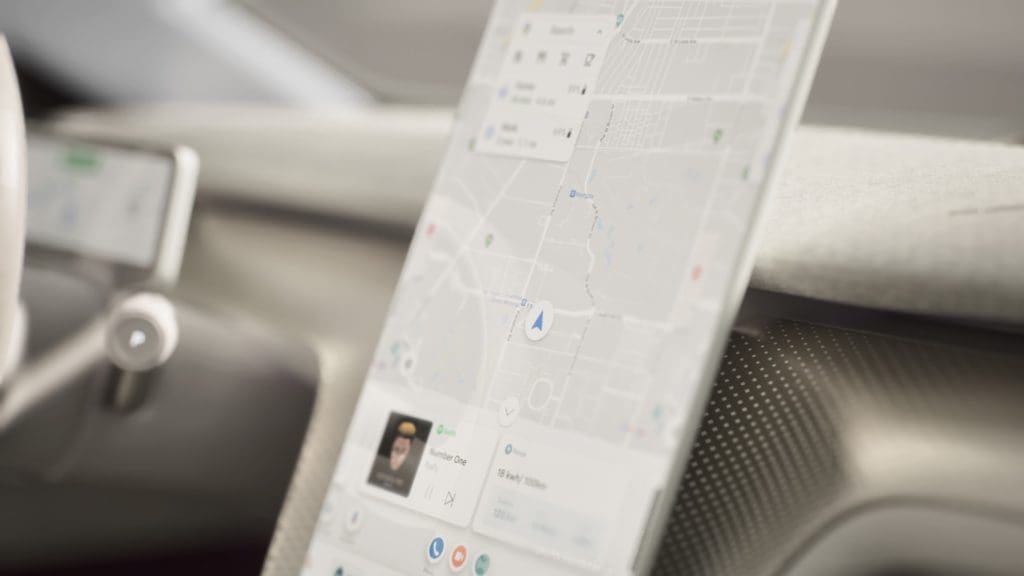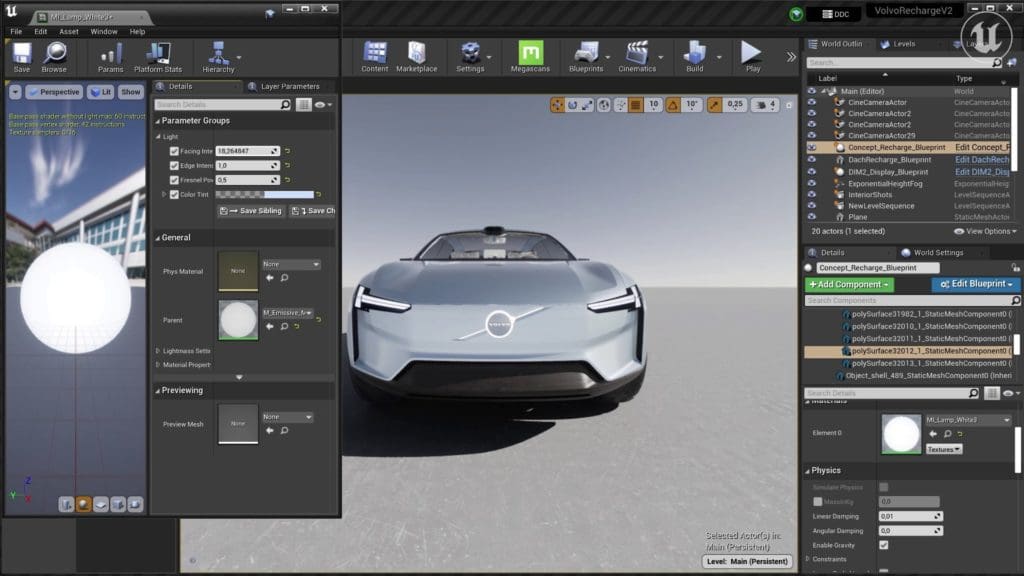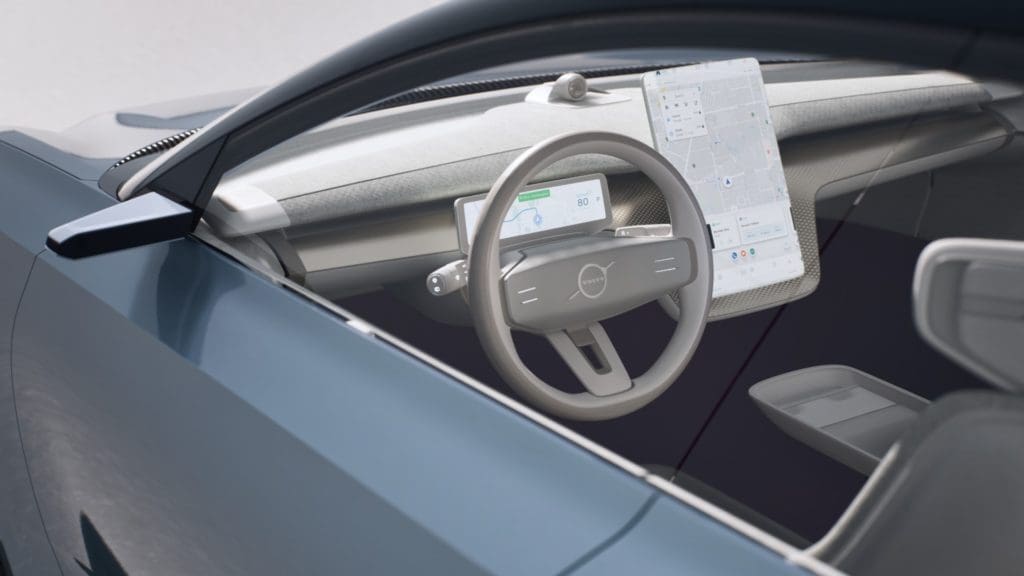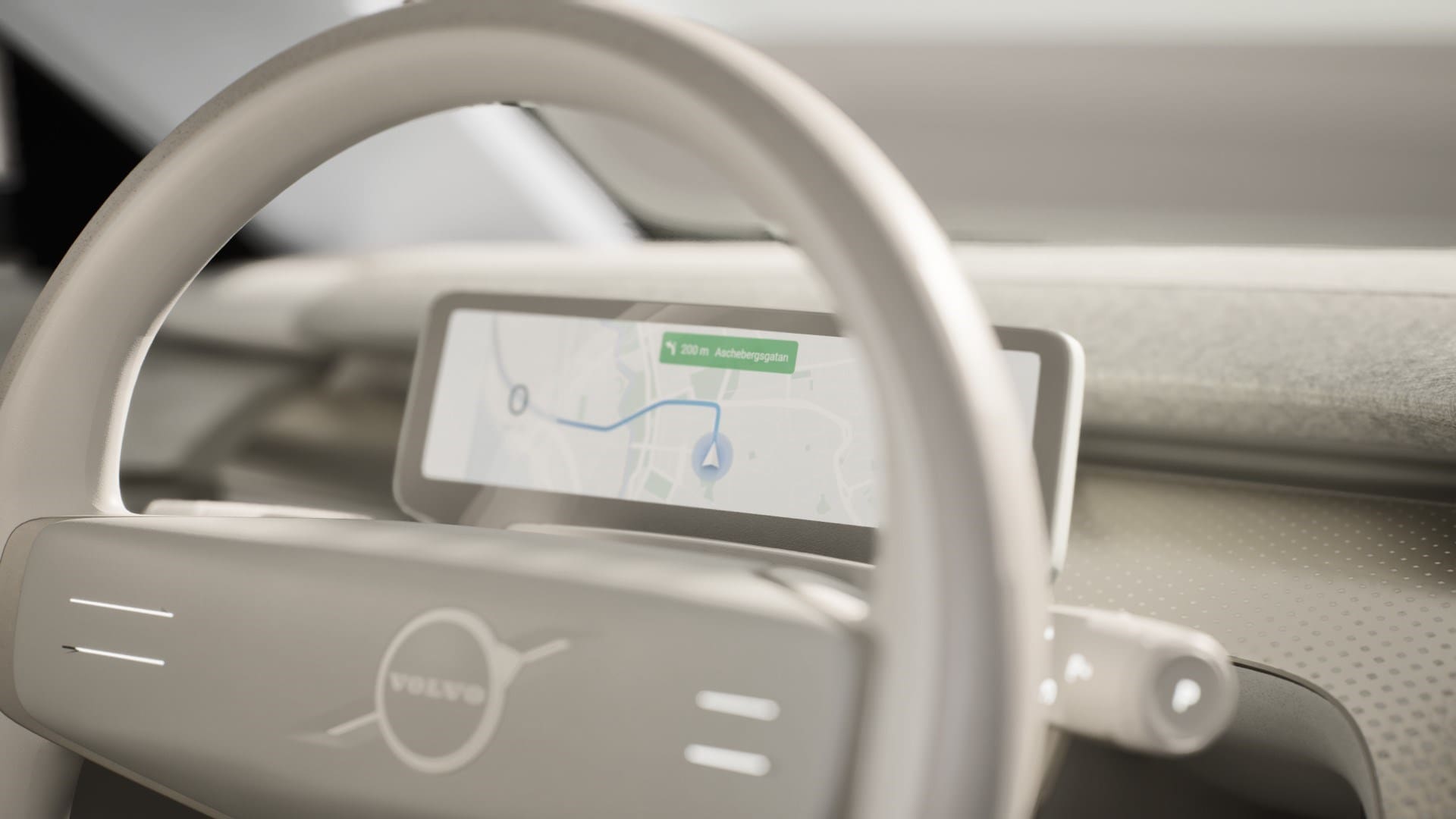Volvo and Fornite Software Company collaborate to bring real-time photorealistic visuals to next-gen cars
To provide its customers with the best possible user experience, Volvo Cars brings photorealistic visualization technology in its next generation of electric cars thanks to a new collaboration with epic games. The companies are teaming up to bring Epic’s Unreal Engine game engine into upcoming Volvo cars, delivering unrivaled high-quality graphics inside the cabin.
Epic Games is a leading interactive entertainment and software company, probably best known for Fortnite, one of the biggest games in the world. Epic Games is also developing Unreal Engine, widely regarded as the most advanced real-time 3D authoring tool used in various industries beyond games, and which will now be used by Volvo Cars to develop digital interfaces inside his cars and render real-time graphics in the car.
Volvo Cars is the first European car manufacturer to use the Unreal Engine for human-machine interface (HMI) development. Specifically, it will initially focus on the Driver Information Module (DIM), one of the displays inside the cabin that provides the driver with relevant information and infotainment features.
In the next generation of Volvo cars, customers will experience impressive, high-quality graphics on these screens. Much sharper renderings, richer colors and all-new 3D animations are just the first steps as Volvo Cars developers continue to push the graphical boundaries.

“To provide our customers with the best possible user experience and contribute to safe and personal driving, we need rich, immersive and responsive visualization inside our cars,” said Henrik Green, product manager at Volvo Cars. “Running Unreal Engine in our cars enables that and makes spending time inside a Volvo even more enjoyable.”
By combining the Unreal Engine with the high-performance computing power of third-generation Snapdragon® cockpit platforms, the next generation of Volvo cars will set a new standard in graphics and infotainment system performance.
As a result, Volvo Cars’ next-generation infotainment system will be more than twice as fast as its predecessor, while in-cabin graphics generation and processing will be up to ten times faster. .

“When you bring high-resolution interactive graphics working in real time into the car, you open the door to a whole host of new ways to inform and entertain everyone inside,” said Heiko Wenczel, director of automotive and HMI at Epic Games. for UnrealEngine. “Volvo Cars’ deeply talented design and product development teams have embraced this opportunity to do something new that will continue to evolve with exciting new features that take advantage of the capabilities of Unreal Engine.”
The first car to feature the new graphics is the new all-electric flagship model that Volvo Cars will unveil later this year. This model is the first in a new generation of fully electric Volvo cars, as it aims to sell only pure electric cars by 2030.

Further into the future, the company sees further opportunities for Unreal Engine to advance other technology areas in new Volvo cars, as Volvo Cars developers continue to explore new applications for this technology platform. and other software platforms while always keeping security in mind.
Volvo Cars aims to develop half of all software for its cars in-house by the middle of the decade and is recruiting heavily in the field of software development. By joining the company, coding talents have many opportunities to work on exciting and revolutionary new embedded applications and platforms.


Comments are closed.